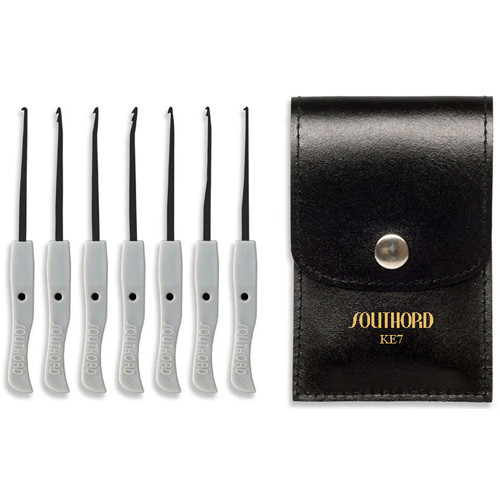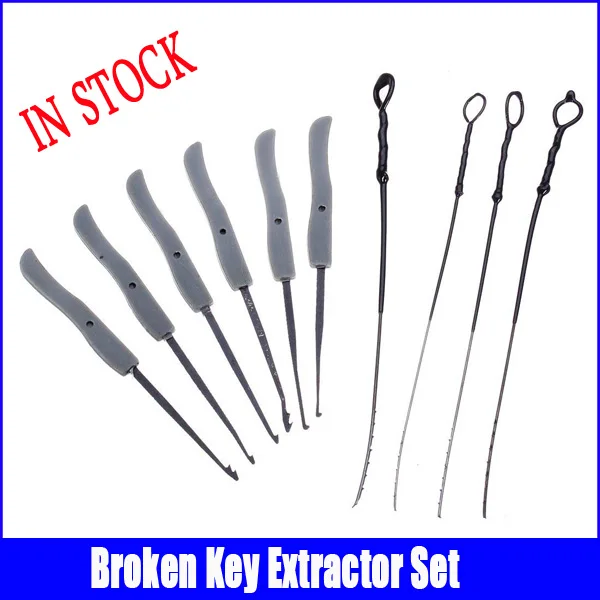

Set In Order. Set In Order focuses on creating efficient and effective storage methods to arrange items so that they are easy to use and to label them so that they are easy to find and put away. Organizations often establish Shine targets, assignments, methods, and tools before beginning the shine pillar. These changes, if left unattended, could lead to equipment failure and loss of production.

Working in a clean environment enables workers to notice malfunctions in equipment such as leaks, vibrations, breakages, and misalignments. Daily follow-up cleaning is necessary to sustain this improvement.

Once the clutter that has been clogging the work areas is eliminated and remaining items are organized, the next step is to thoroughly clean the work area. Organizations often find that sorting enables them to reclaim valuable floor space and eliminate such things as broken tools, scrap, and excess raw material. Once the red tag items are identified, these items are then moved to a central holding area for subsequent disposal, recycling, or reassignment. A red tag is placed on all items that are not important for operations or that are not in the proper location or quantity. An effective visual method to identify these unneeded items is called "red tagging", which involves evaluating the necessity of each item in a work area and dealing with it appropriately. Sort. Sort, the first S, focuses on eliminating unnecessary items from the workplace that are not needed for current production operations. Method and Implementation ApproachĥS is a cyclical methodology: sort, set in order, shine, standardize, sustain the cycle. 5S provides the foundation on which other lean methods, such as TPM, cellular manufacturing, just-in-time production, and six sigma can be introduced. It also would result in the organization of tools and materials into labeled and color coded storage locations, as well as "kits" that contain just what is needed to perform a task. This lean method encourages workers to improve their working conditions and helps them to learn to reduce waste, unplanned downtime, and in-process inventory.Ī typical 5S implementation would result in significant reductions in the square footage of space needed for existing operations. In the daily work of a company, routines that maintain organization and orderliness are essential to a smooth and efficient flow of activities. The 5S pillars, Sort ( Seiri), Set in Order ( Seiton), Shine ( Seiso), Standardize ( Seiketsu), and Sustain ( Shitsuke), provide a methodology for organizing, cleaning, developing, and sustaining a productive work environment. Implementation of this method "cleans up" and organizes the workplace basically in its existing configuration, and it is typically the first lean method which organizations implement. You want to be sure you don't accidentally knock it back into the lock.5S is a system to reduce waste and optimize productivity through maintaining an orderly workplace and using visual cues to achieve more consistent operational results. If the key comes part of the way out, use a pair of needle-nose pliers to grip the exposed portion and finish removing it.Slide the key in the same way and pull the tools back and with slight pressure in the opposite direction to help grip the key between the tools. You can try using an additional extractor tool on the other side of the key at the same time.However, instead of twisting a small amount, you will want to spin the handle several times before pulling the tool straight back to remove the key fragment. If using spiral style extractor tools the same rule methods apply.Keep trying until the hook on the tool catches one of the teeth and you are able to pull the partial key free.

This will press the hook against the key and help slide it out of the lock. Then pull the tool back while pressing the handle end away from the lock. Once the extractor tool is in the lock, turn the tool toward the key slightly.


 0 kommentar(er)
0 kommentar(er)
